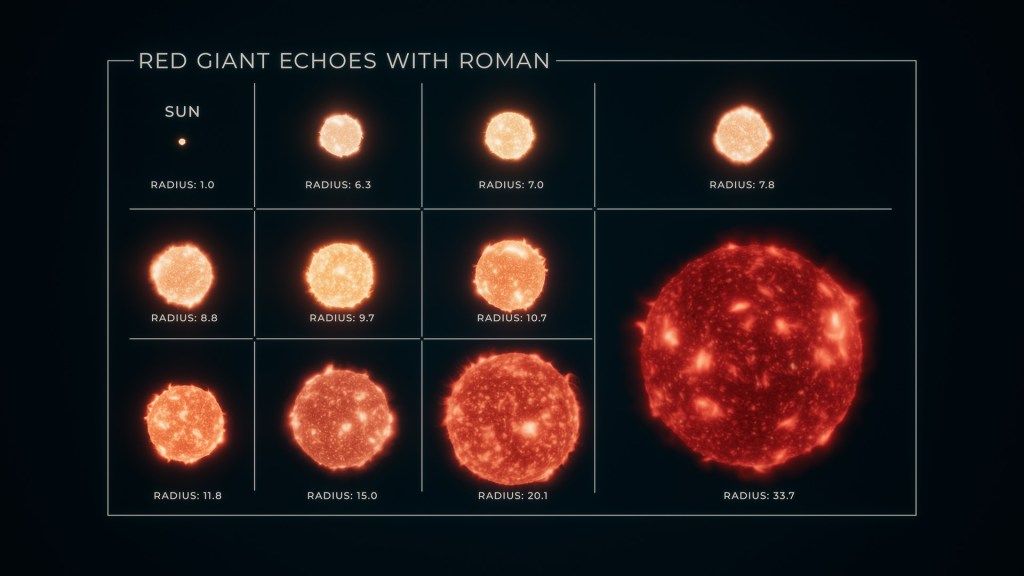Curiosity drove a little over 16 m to the west this weekend. The rover is currently skirting around the southern edge of a small, blocky impact crater on its way north off the Vera Rubin Ridge. One of the activities we did this weekend was use MAHLI to take images of the rover wheels. We do this activity, dubbed Full MAHLI Wheel Imaging (or FMWI in NASA acronym speak), every few hundred meters to track damage to Curiosity's wheels caused by the terrain. It's important for us to take this observation in order to estimate how much farther the rover will be able to drive before the wheels become inoperable, and also to understand if the sharp edges of the broken wheels risk damaging the nearby cables. So far, we estimate we're in pretty great shape for our plans to drive a lot farther up Mt. Sharp!
For the last few years, we've been actively working to mitigate wheel damage in several ways. JPL engineers developed some
called "traction control" that reduce forces on Curiosity's wheels as the rover climb over rocks. Geologists like myself also help by planning drive paths over terrain that is safer for the wheels. We do this on a sol-to-sol basis in tactically staffed roles known as Surface Properties Scientist (SPS), which is what I did today. Strategically, we also work with the orbital datasets to predict what the terrain ahead will look like, and we use these predictions to choose long-term paths that will be easiest on the wheels without sacrificing science. If you look closely at the
from the last few sols in the orbital data, you may notice we've been driving along terrain that looks darker and bluer in this false color image compared to the nearby bright, tan rocks. This path corresponds to terrain that is filled with pebbles and hard-packed sand, and we think it's a little nicer for the wheels than the bright bedrock, which can sometimes have sharp edges. The geologic term for these sharp edged rocks is ventifacts, and they are formed by wind erosion over millions of years. While they probably won't hurt the wheels too much, we'd prefer to avoid them when possible.
Today we planned two sols. We'll start the first sol with MAHLI and APXS observations of a bedrock target named "Pokegama." The contact science is followed by some time for remote sensing, which includes a Mastcam mosaic of the nearby crater named "Taconite," and a single image of interesting looking rocks named "Winton," and "Cuyuna." We'll also have ChemCam LIBS and Mastcam documentation images of Pokegama and "Kenora." After the science block we'll have a short drive followed by post-drive imaging and a ChemCam AEGIS observation. In the second sol of the plan, we'll take a Navcam dust devil movie and second AEGIS observation.
Written by Abigail Fraeman, Planetary Geologist at NASA's Jet Propulsion Laboratory





































